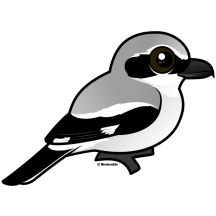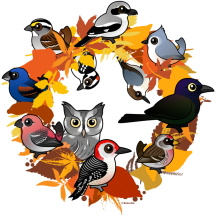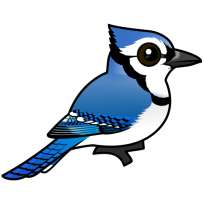Loggerhead vs. Northern Shrike: How to Tell Them Apart

Spotting a shrike perched in the wilderness of North America might just be a highlight for birdwatchers and nature enthusiasts alike. But did you know there are actually two types of shrikes to look out for in this vast continent? Yes, the Loggerhead Shrike and the Read more »



































